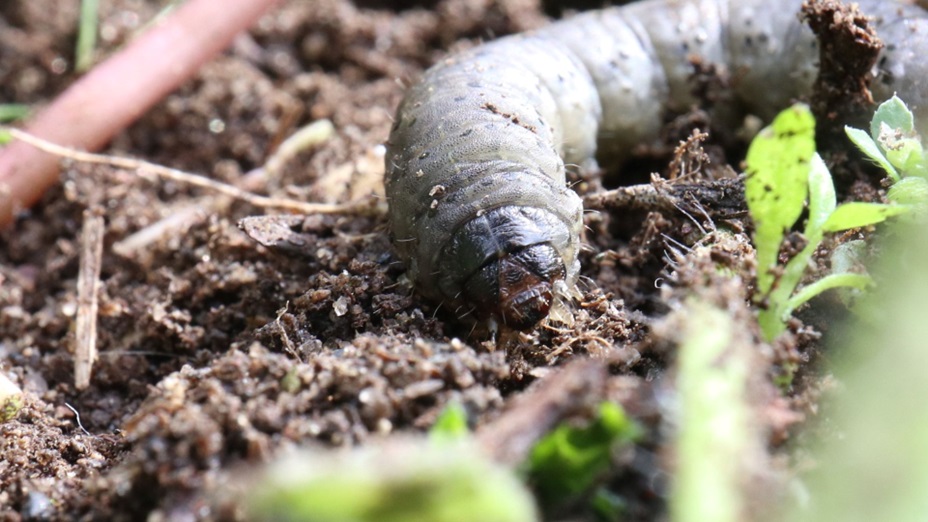How and When to Kill Lawn Grubs?

Lawn grubs are a common problem for homeowners with grassy lawns. These small white larvae feed on the roots of your grass, causing it to brown and die. If left untreated, they can quickly decimate an entire lawn in a matter of weeks!
Fortunately, there are several methods you can use to kill off these pesky pests before they cause serious damage. In this article, we will explore those methods to effectively eliminate them, as well as some preventative measures to keep them at bay.
Identifying Lawn Grubs and Their Damage
One of the first steps in combating a lawn grub infestation is monitoring and identifying the presence of grubs. Signs of lawn grub damage may include:
- Irregular, brown patches appear on your lawn.
- Loose, spongy turf that lifts up easily.
- An increased presence of birds, raccoons, or other pests actively digging into your lawn.
- Visible grub larvae beneath the surface of the soil.
It’s essential to treat your lawn as soon as you’ve confirmed it’s these pests causing the problem. Spring and fall are the best times to treat because grubs are most active during these seasons. However, different grub species have different life cycles, so it’s crucial to monitor your lawn throughout the year to detect early signs of damage. You may also hire a professional service provider for lawn care in Cumming to help you with lawn maintenance. They can provide you with the best advice on when and how to treat your lawn for grubs.
Methods of Killing Lawn Grubs
There are various methods available for controlling lawn grubs, including both chemical and organic approaches:
Chemical Insecticides
Chemical insecticides are an effective way to combat grub infestations. Look for products containing active ingredients such as imidacloprid, clothianidin, or chlorantraniliprole. These chemicals target the grub larvae while preserving the beneficial insects in your lawn. Remember to follow label instructions and apply insecticides in spring or fall when grubs are most active.
Organic Solutions
For those who prefer a more natural approach, there are several eco-friendly and organic alternatives:
- Nematodes:Introducing beneficial nematodes into your soil can help control grub populations. These microscopic worms feed on grub larvae and multiply, offering ongoing protection for your lawn. For optimal results, apply them during damp, cooler parts of the day, and water your lawn after application.
- Milky spore:Milky spore is a natural bacterium that specifically targets and kills Japanese beetle grubs. With repeated applications, the bacteria multiply, providing long-term protection of up to 10 years or more.
- Cultural practices:Prioritizing good lawn care practices can also help suppress grub populations. Regular mowing, adequate watering, and proper fertilization can create a more resistant lawn environment, discouraging grub infestations from taking hold.
Prevention Tips
Preventing lawn grubs with proper preventive measures is typically more comfortable and more cost-effective than trying to control an established infestation. Some tips for preventing future grub problems include:
- Application of grub control products early in the season, before visible damage occurs.
- Maintaining a healthy, well-fertilized lawn promotes resistance.
- Using integrated pest management practices, like rotating insecticides and monitoring grub populations regularly.
Sod webworms and other migrating pests can also cause damage to your lawn, so look for the signs of infestation and address them quickly. To learn more on how to get rid of sod webworms, refer to this blog. It will provide you with the most effective methods to eliminate them.
To Sum Up
Lawn grubs can be a major headache for homeowners with grassy lawns. Identifying and monitoring the problem is key to keeping them at bay. There are a variety of methods available for controlling grubs, from chemical insecticides to organic solutions like nematodes or milky spores. Investing in preventive measures early on is typically more effective than trying to manage an existing infestation. Keep your lawn healthy and well-fertilized, and be sure to monitor for signs of grub damage throughout the year. With some knowledge and effort, you can have a lush, green lawn free of grubs in no time!





